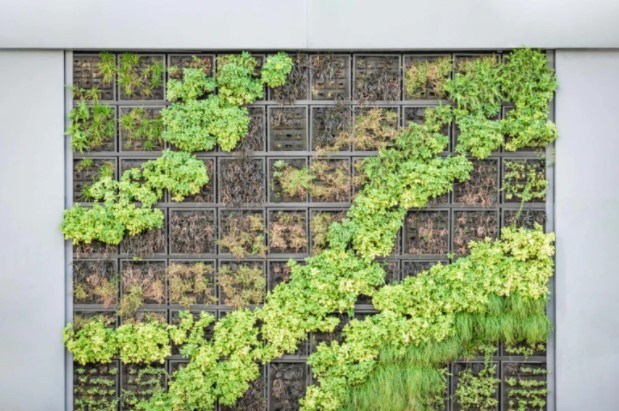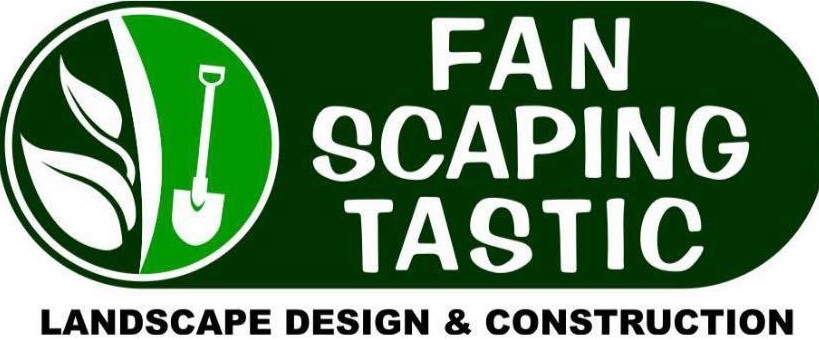
5 Garden Edging Materials To Choose From
Garden edging gives sharpness to your lawn. It creates clean lines and establishes geometric beauty throughout your garden.
It also assigns boundaries and highlights focal points within your garden. Whether it be a bonsai or a decorative statue, garden edging frames them very well.
Often, edging separates objects from each other. For instance, steel is a common edging material to separate lawns from driveways.
Thus, you can see that edging plays a vital role in shaping your lawn.
So you can understand why it’s equally important to choose the right edging material. Without the right material, you won’t know whether it has fulfilled its purpose.
Depending on the material, you’ll also know whether you can lay down the edging yourself or you need to hire a professional landscaper.
With this guide, you’ll know which garden edging material takes your best interests at heart and delivers well.
1. Plastic Garden Edging
This is one of the cheaper options. Plastic is simply one of those items that are famous for its flexibility. Since it’s light, it’s portable and can be easily laid down.
If you’re installing a plastic edging, you can do it yourself. You can also recycle plastic and take part in sustainable landscaping.
We mention its pliability due to a critical factor: curvature. In suburban Australia, the sites are smaller and tend to have irregular shapes. Often, you’ll see bends and curves in different parts of your garden.
Hence, it’s important to get a material that is malleable and bends under little to no pressure in such cases. Metal and steel edging won’t be suitable for such cases.
The downside lies in the weather. Plastic is not very wear tolerant, and in areas of high sunshine or unfavorable weather, it can crack easily.
2. Wooden Garden Edging
Wood is always a classic choice. This is an optimal choice if strength is what you’re looking for. A typical tree trunk used is pine.
Its superior strength makes it useful for straight-lined edges and turfs. Lawnmowers can come in contact with the edges. So you need a material that can withstand the power of its blades and not be adversely affected by it.
Wood is cheaper than plastic since it’s more readily available. You can also use it for curves by cutting it halfway with saws. They won’t be the smoothest cuts, but you can get by.
If you live close to the forest, you can always cut yourself some wood and lay the edging yourself. However, if you’re not a pro, leave it to the contractor.
Unfortunately, wood is subject to termites and ants, so it can rot quite quickly. This hassle gives many gardeners a sore headache.
3. Timber Garden Edging
Timber is as cheap as wood but with less aesthetic qualities. Since wood can be cut in various ways, it can be easily modified. So it can uplift the beauty of your turf.
However, timber is a rough material and does not add much to the beauty of your garden. So timber edges serve a more pragmatic purpose.
They’re used as separating boundaries between various objects to distinguish the two. To ensure it stays in its place, use metal pegs, and attach it to the timber.
Timber has many flaws as a material. It’s far more brittle than the above two and can easily break if you try to curve it a little. Since it’s not that flexible, you can’t use it for curved spaces.
Timber also rots soon after installation, making it less durable. The lowered cost is not worth the price of re-installing garden edging.
4. Metal or Steel Edging
Metal or steel edges have prices far greater than all of the material we’ve covered so far. But have faith in us when we say that the cost is truly worth the long-lasting performance.
Aluminium is a classic example of a metal edging material, whereas stainless steel, the stuff your kitchen pans are made of, is an example of a steel edging material. These are more robust and stay in their place easily.
Middle school chemistry will teach you that metals are incredibly malleable. Thus, you can quickly guess how pliable these will be. It’s so flexible that you can buy them as pre-shaped circular discs.
That’s right: the circular baking pans can now frame your pot of daisies.
These discs can encourage vertical gardening – it prevents the plants or flowers from spreading horizontally. This is a handy technique for featuring focal points and making smaller orchards look spectacular.
5. Sandstone Garden Edging
This one’s price borders on the edges of luxury (pun intended). You’ll be surprised by its price tag, and there are very few companies that actually have high-quality sandstone suppliers.
The benefit of sandstone lies in its natural shimmer. Its earthly patterns make it a decorative element. While metal edging finds gorgeousness in its simplicity, sandstone makes use of its swirling patterns.
Its hefty price tag also has a reason behind it. You guessed it: it’s one of the most durable materials you can find.
Sandstone is far more wear tolerant and gives gardeners immense relief. You can easily cut the surrounding areas where you’ll place the edges and lay down the sandstone.
Because it’s so aesthetically pleasing, sandstone can be used in edges surrounding pools and greener turfs. In walkways that lead to your front step, it can be a beautiful way to frame the path.
Conclusion
In the end, you have to consider various factors and choose. Some common factors you can see include cost, flexibility, and durability.
Inspect your garden and analyze its shape. See where curves are necessary and what your budget can cover.
After that, you can decide which garden edging material matches your preference and circumstances with perfection.
With this guide, we hope you can make a well-informed decision.
Are you interested to know more about sandstone edging? Click here to learn more.
Do you need some advice on designing smaller gardens? Read our guide to know more.


Recent Comments